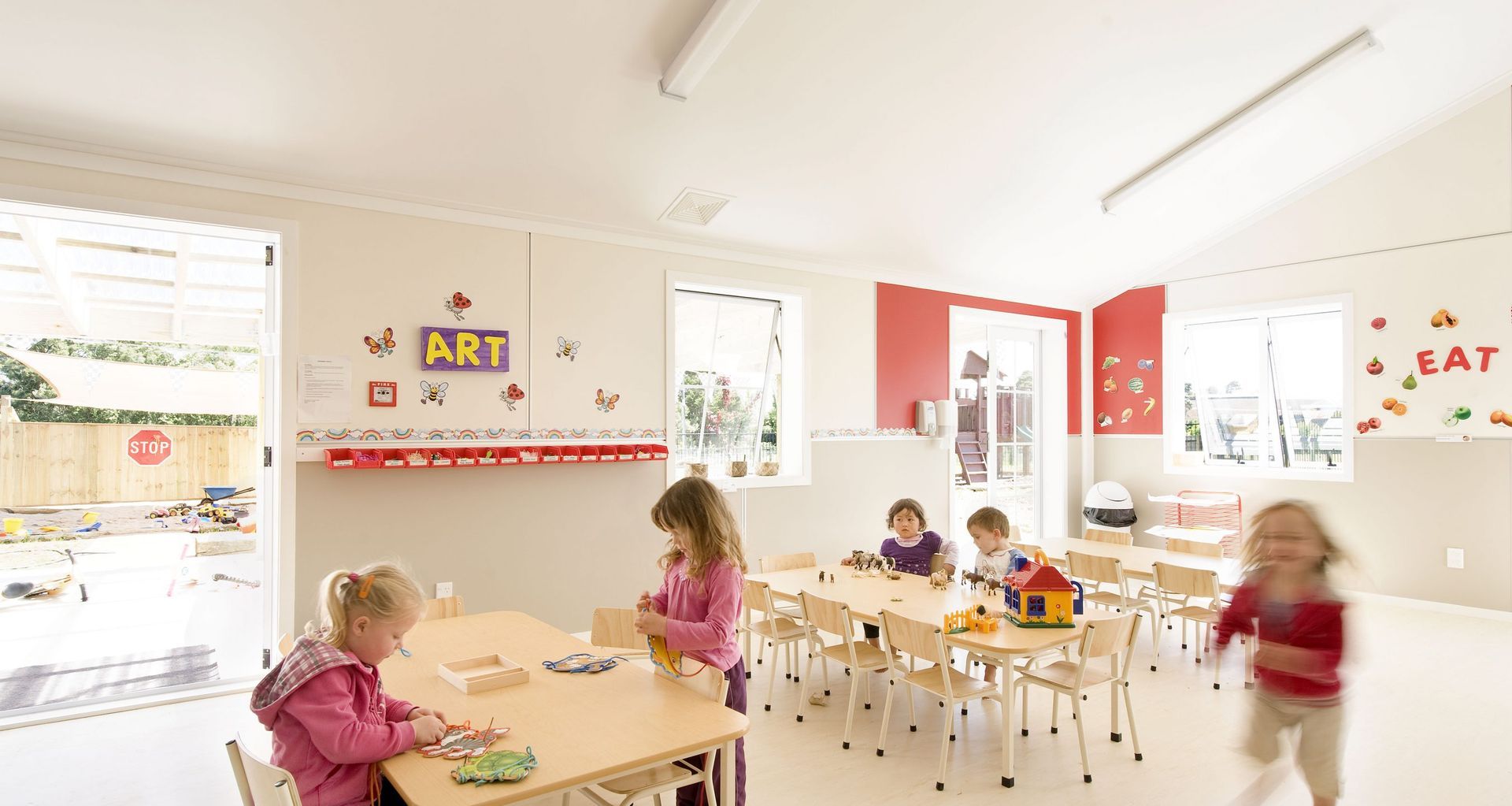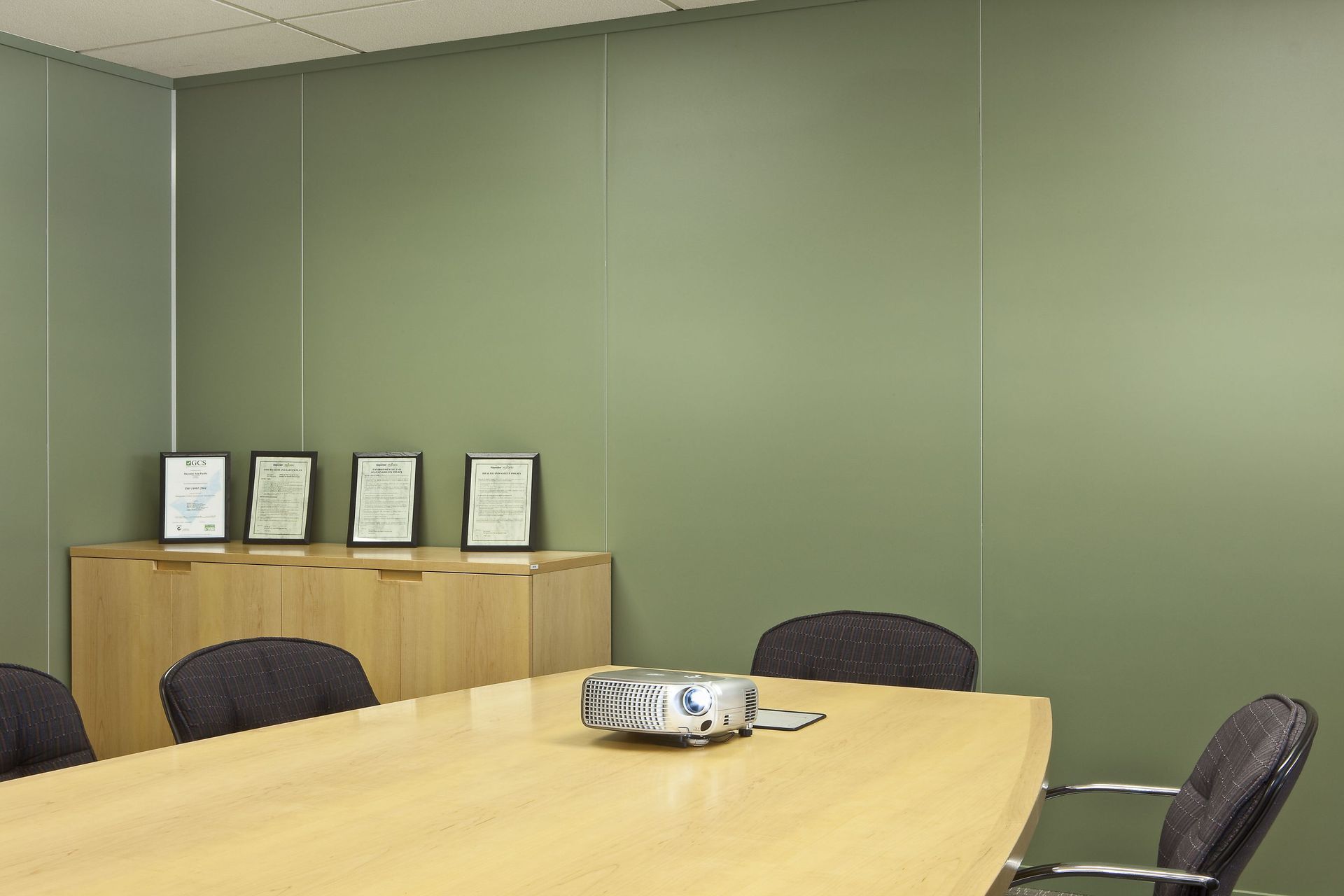The value of powder coating: a better, more sustainable way to ‘paint’ engineered wood and plasterboard building materials
Written by
10 September 2024
•
5 min read

Loved by the industry for its durability, efficiency, sustainability, and performance, powder coating is the go-to in New Zealand for metal finishes including aluminium windows, building facades, and balustrades. Powder coating is not exclusive to metal materials, yet despite the excellent benefits, it hasn’t yet received the same attention as a finish for engineered wood and plasterboard used for wall and ceiling linings, rigid air barriers and claddings. Climate Surfaces, manufacturers and suppliers of sustainable powder-coated building materials, are trying to change that.
Who are Climate Surfaces?
Climate Surfaces was established in 2001 around the same time technological developments enabled wood powder coating to be feasible in the US and Europe, making the business part of a handful of pioneers commercialising the technology worldwide.
“It was a self-correcting journey over time, having to first learn through mistakes, adapt and then develop the technology further,” says Kyle True of Climate Surfaces. “This mindset of innovation, perseverance, and a number eight wire approach has led to a globally unique business, with a list of world-first innovations to its name. Climate Surfaces delivers real benefits to the New Zealand building industry, having coated millions of square metres of plywood, plasterboard, and MDF used in New Zealand and Australian commercial and residential buildings.”

Developing a sustainable powder coating solution
“Powder coating was invented by German scientist Erwin Gemmer in the 1950s with a sustainability goal in mind, to reduce solvent use and emissions from industrial coatings. The idea was to apply paint as a 100% solid powder material without water or solvents,” True explains.
Powder is inherently more sustainable than traditional coating technologies because it is a dry version of paint, meaning there is no water or solvent present in the product, and none used during application. Because it is a dry material it doesn’t contain any VOCs, and powder waste can be collected and reused. Comparatively, liquid coatings are typically 40-60% solvent or water that evaporates into the atmosphere during the application and curing process, with waste often disposed of in the wastewater system.
Climate Surfaces began developing their range of solutions after looking for new ways to use powder coating technology. They landed on providing functional coatings for building materials made from engineered wood, and eventually took an opportunity with Carter Holt Harvey’s plywood business, supplying a primer powder coating to CHH’s Shadowclad plywood product. The factory applied powder coat protects the plywood from moisture and UV light during construction and reduces the time and cost of applying the first coat of paint on-site.
“This was a novel use for powder coating as the industry would typically use a thin coat of solvent or water-based paint. It is more than just a primer coat, it is a durable layer of protection and has proved successful in the market for over 20 years. This led to other novel uses such as a water-resistant sealer coating on Ecoply Barrier, a plywood rigid air barrier that was launched in 2009 by Carter Holt Harvey,” True says.
Though both opportunities were world-first uses for powder coating, the breakthrough for Climate Surfaces was when they received the chance to develop a coating alternative to plasterboard ceiling tiles laminated with PVC that is used in commercial buildings.
“No one thought this was possible due to the heating conditions required during the powder coating process. Through trial and error, the process was adapted to deliver a durable, easy-to-clean, VOC-free surface now branded Ecotile. Once it was possible to coat a 600x1200 ceiling tile, full-size plasterboard panels were coated along with matching aluminium trim accessories leading to the creation of Climateline, a pre-decorated plasterboard lining system.”
Climate Surfaces’ most recent development comes in the form of in-house powder production. Shifting away from third-party manufacturers, Climate Surfaces now manufactures all powder coating material themselves. This has enabled them to recycle waste powder back through the production line — diverting over 10 tonnes of waste from landfills annually — as well as reducing their packaging waste and carbon production caused by ordering powder from off-shore coating manufacturers.
“Once the powder is made, it is applied under the same roof using two large-scale, very efficient coating lines. Powder that is not applied to the substrate is reclaimed and reused with the new powder. Once applied, energy-efficient infra-red ovens cure the powder film in only 5-7 minutes. A single layer of powder coating ranges from 70-100+ microns, the equivalent of 2-3 layers of liquid paint,” True explains.


The benefits of powder coating
As previously mentioned, powder coating has been the popular choice for architectural metal finishes in New Zealand due to its durability and performance, and these same benefits can be applied to non-metallic materials, too.
“Our powder coat is available in a wide range of functional coatings and beautiful finishes including matte, fine textures, custom colours and special effect finishes. We like to think about it like this….almost every manufactured surface has a coating on it, and what you choose has an impact. Powder coating can deliver the ‘must haves’ (durability, price, and aesthetics) but more importantly, it does this with less impact on the environment than most other coatings or surfacing materials.”
Learn more about Climate Surfaces.
